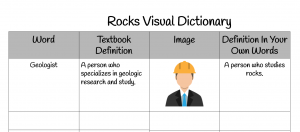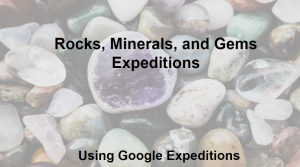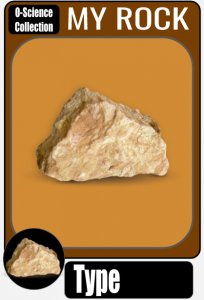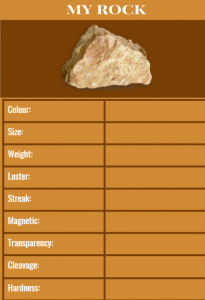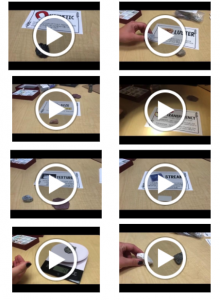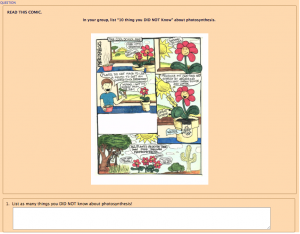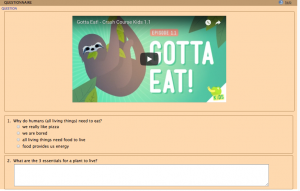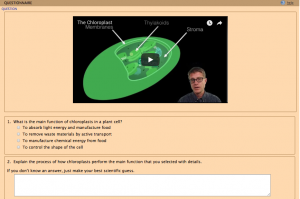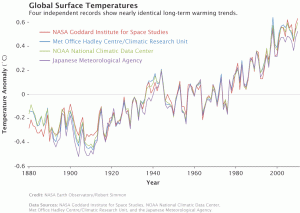“Learning environments that concentrate on conveying to students what scientists already know do not promote inquiry. Rather, an emphasis on inquiry asks that we think about what we know, why we know, and how we have come to know.” (National Research Council, 2000, p.5-6)
Simply, WISE projects aims to promote scientific inquiry by progressively working through with a student in a technology-enhance learning environment. Writing from SKI and WISE theorist strongly believes that learning is a personal and social construct where learners cycle through a process to assess, modify and revise current cognitive representations using technology-enhanced learning environment.
Key WISE prioritize are:
- Making learning accessible
Many theoriets believe that students can better access information when it is more interesting and personal(Linn, Clark, & Slotta, (2003); Gobert, Snyder & Houghton (2002)). In addition to this definition, Gobert, Snyder & Houghton (2002) believe that in order to make learning more accessible, the discussed topic and the way in which it is presented should be appropriate for their individual age and skill level.
Another recurrent theme of the WISE pedagogy is to make thinking visible. Often, this materializes as comparing and contrasting previous assumptions, critiquing the views of others and using digital organizational tools and visualizers. More importantly, these visual modes of representation should be interactive.
- Making learning a social process
Scholars who write about WISE believe that students should take advantage of social cognition. Students’ work should utilize asynchronous or synchronous tools to solicit peer review and response.
Given this premise, here are some modifications for a WISE project to allow the WISE priorities to be made more prominently. Using “Thermodynamics Challenge” as the cornerstone from the WISE library, a few supplementary activities are added and some modification to the platform of the WISE activity. More noticeably, the supplementary activities and change in the documenting platform promotes more visible thinking and ensuring a stronger peer learning culture.
Thermodynamic Challenge
This is a project-based assignment promoting a stronger understanding about the way in which heat moves and the role of insulation.
Introduction:
In the selected WISE project, it entices the students by reimagining their roles as consultants to recommend materials for cups to preserve the temperature of its contents.
Addition: Plicker Questions
In order to better identify students’ prior knowledge and misconceptions, quick response activities allow teachers to easily assess students’ thoughts. The advantage of using Plicker is that it generates a visualization of the recorded feedback in real time. This also supports learning as a group. First, educators can survey students about the kinds of materials for cups that they have used previously for hot and cold drinks. Then, after students complete the 1.5 activities in WISE (i.e. students are asked to choose to use the same or different material), ask students this identical question on Plicker, then show results and prompt a whole class discussion.
Modification: Google Documents
Instead of using the embedded digital notebook, students should complete their work on Google Docs as it can be easily shared and students can directly comment and annotate on the shared work. This also helps promote a network of peer support.
Then, students should continue to follow the WISE project outline and explore with the computer interactive simulation to assess the interaction between the different types of material and time. Using computer simulation is a time saving method to observe the efficiency of the preservation of heat. Next, students should continue to follow the WISE project outline to design, plan and run their experiment (i.e. 1.6 – 1.8).
Modification: Google Documents
Notably, this TELE is lacking further support for scaffolding during the knowledge reconstruction, reflection & negotiation stages. Students are tasked to review and annotate on two other students’ work. Using the ‘Suggestion’ mode, learners should comment and edit on other students’ work in order to make thinking more visible and accessible. More importantly, Google Documents allow students to comment on specific ideas and details (i.e. lines/parts). Addition, this promotes the idea that learning is a social process. In order to enhance the knowledge reconstruction, teacher should also comment in suggestion mode to help bridge evidence to theory.
Addition: T-chart (Offline)
To make thinking more visible, students should create their own pre and post experiment T-chart to rank the efficiency of the preservation of temperature. Students should first record their predicted ranking and then re-rank the variables after their experiment. This organizer helps students compare their original thoughts and new findings.
Addition: Case studies
This WISE is lacking quality content scaffolds to help students rational their findings. Questions prompts are a good start, however, some students may fail to see the connections in the evidence. The goal of the conclusion of an inquiry is to “seek alternative hypotheses to explain anomalies or unexpected findings, and consider the applicability and impact of the findings to other organisms, theories, and domains” (Kim & Hannafin, 2011, p.406) To make better recommendations and to help fully explain their findings, students should review case studies about insulation in animals and homes. For example, students can watch short youtube clips (e.g. How an igloo keeps you warm; How do Whales, Penguins, and Polar Bears Keep Warm?)
Addition: Sharing Recommendations
Lastly, one area of improvement in the TELE is that students require more support to compare and contrast their recommendations. Again, students should review and assess their peers’ recommendations.
Ultimately, technology should be utilizied as an intellectual partner to promote scientific understanding and and discovery. In general, this WISE project that inquires about thermodynamics provides a sound foundation to investigate the relationship between different types of materials and temperature preservation. However, this WISE project on thermodynamics requires some modification in order to making thinking more visible and accessible and to enhance the social learning culture. To fully utilize this WISE project, educators can add content scaffolds and include more sharing and commenting options.
Discussion Questions
What are other digital tools to enhance learning via social means?
What are your thoughts about the relationship between scaffolding tools and WISE pedagogy?
Reference
Gobert, J., Snyder, J., & Houghton, C. (2002, April). The influence of students’ understanding of models on model-based reasoning. Paper presented at the Annual Meeting of the American Educational Research Association (AERA), New Orleans, Louisiana. This is a conference paper. Retrieved conference paper Saturday, October 29, 2013 from: http://mtv.concord.org/publications/epistimology_paper.pdf
Inquiry in Science and in Classrooms.” National Research Council. 2000. Inquiry and the National Science Education Standards: A Guide for Teaching and Learning. Washington, DC: The National Academies Press. doi: 10.17226/9596.
Kim, M. C., & Hannafin, M. J. (2011). Scaffolding problem solving in technology-enhanced learning environments (TELEs): Bridging research and theory with practice. Computers & Education, 56(2), 403-417.
Linn, M., Clark, D., & Slotta, J. (2003). Wise design for knowledge integration. Science Education, 87(4), 517-538. http://onlinelibrary.wiley.com/doi/10.1002/sce.10086/abstract
